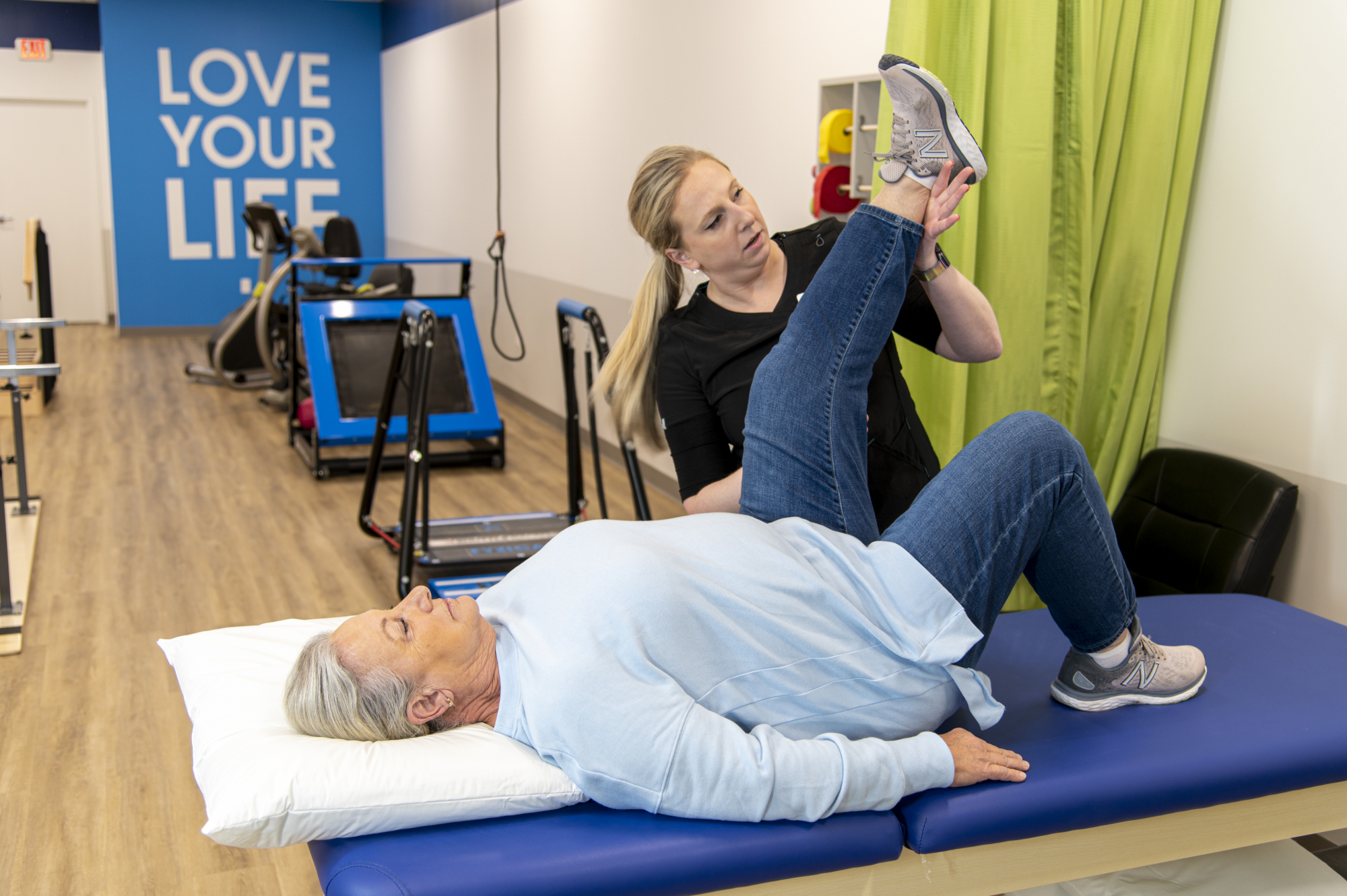Improving Efficiency and Reducing Harm Threat through Thorough Assessment of Equilibrium and Steadiness via Practical Movement Assessment.
Improving Efficiency and Reducing Harm Threat through Thorough Assessment of Equilibrium and Steadiness via Practical Movement Assessment.
Blog Article
Equilibrium and stability are essential components of bodily wellness and general well-being. They serve a critical part in everyday tasks, athletic capability, and harm prevention. When an individual has good balance and stability, they are less prone to fall or sustain injuries during bodily exercises. One effective way to assess these qualities is through Functional Movement Screening (FMS). FMS is a method used to analyze motion styles and recognize discrepancies or weaknesses that could result to harm.
Practical Motion Assessment involves a series of specific tests that examine how well a person moves. The tests focus on fundamental movements such as squatting, lunging, and bending. By observing these actions, coaches and medical experts can identify areas where an person may have difficulty. For example, if someone has trouble maintaining balance while executing a squatting, it may indicate a need for targeted exercises to improve strength and control. This evaluation not only detects deficiencies but also helps to track progress over a period.
In addition to this to recognizing areas for enhancement, FMS plays a crucial part in avoiding harm. Many injuries occur as a result of poor motion patterns, which can be detected through functional evaluations. By neurological rehabilitation addressing these issues early on, individuals can reduce their likelihood of injury during athletic or other bodily activities. For instance, a jogger who shows an imbalance in their gait may be increasingly susceptible to knee injuries. By adjusting these discrepancies through targeted exercise programs, the likelihood of harm can be substantially reduced.
Furthermore, enhancing find more info capability is another advantage of conducting a comprehensive assessment of equilibrium and steadiness. Sportspeople and active individuals often aim to improve their performance in particular sports or tasks. A comprehensive understanding of their movement patterns allows coaches to create personalized training programs that target specific deficiencies. By enhancing balance and steadiness, sportspeople can enhance their total capability, whether it’s running faster, leaping taller, or performing exact actions in their sport.
In conclusion, the significance of assessing equilibrium and steadiness through Practical Motion Screening cannot be overstated. This comprehensive evaluation serves as a basis for enhancing bodily wellness, avoiding harm, and improving athletic performance. By identifying areas of weakness and implementing targeted training strategies, people can achieve better outcomes in their bodily exercises. Emphasizing balance and steadiness not only leads to improved capability but also contributes to a healthier, more active way of life.